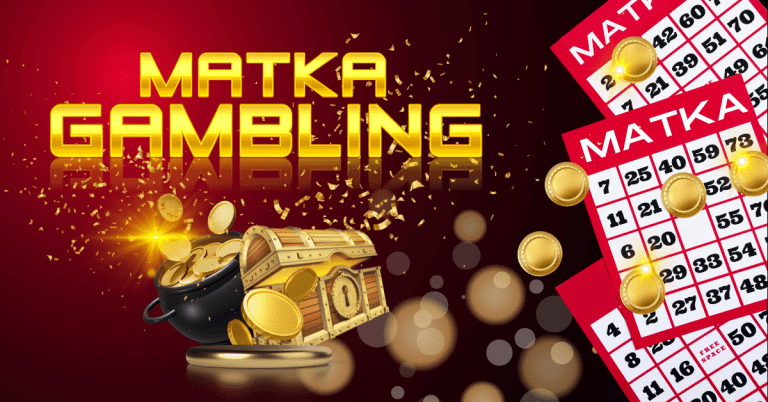
“Gambling in Satta and Matka” is an other name for the game that is commonly referred to as “220 Matka Satta.” This well-known sport made its debut for the very first time in 1950, the same year that India gained its freedom from British rule. Due to the player-friendly nature of the Satta Matka Game, players of any age are welcome to participate. You have the ability to observe how other people have played this game in the past, in addition to the requirements that are needed to play the game at this time.
The Satta Matka game is fun to play on a day like today; all you have to do is decide on a number and where you want to place your bets. The dealers are tasked with picking numbers between zero and nine at random at various points throughout the course of the game. The gambler who selects the numbers that match the ones that are drawn will be deemed the winner of the competition.
Where Did Satta Matka Originate? | A Step-By-Step Guide To Playing The game of Satta Matka Over the course of its play, various adjustments were made to the game. The game’s mechanics are modifiable, making it suitable for a wide range of player lives. Despite this, the name of the game, which is “Matka Satta,” has not been altered in any way throughout the entirety of this process.
The number range from 0 to 9 that gamblers pull out of their tickets is the one that is currently being used. At the conclusion of the game, the winner is the one who has gathered the greatest amount of money for themselves. The Central Market in Mumbai is well recognized as the most popular location for wagering of this kind. But what exactly led to this gaining such a widespread reputation in the central business district of Mumbai? What might possibly be the explanation for this?
Bets were placed at the beginning of the game on cotton opening and end rates, and the results were teleprinted to the Bombay Cotton Exchange. This practice dates back to the 1950s. The amount of these bets was denoted in rupees. They purchased all of this cotton from the New York Cotton Exchange, which is situated in the city of New York.
In 1961, the New York Cotton Exchange came to the conclusion that it would no longer participate in the trade. It encouraged players to hunt for new replacement strategies, which helped the Satta Matka gambling sector to stay afloat and continue to thrive. A revolutionary strategy was developed by Ratan Khatri, who is originally from Sindh in Pakistan.
He made use of fake products and playing cards as a way to illustrate the opening and closing prices of the auction. On each card were certain numbers that were set in a matka, which is an earthen pitcher. The winner of the game was the person with the highest number. After the cards were handed out to everyone, one of the participants disclosed the numbers on their card.
Having said that, the next thing that needs to be done is for you to select three numbers at random from the deck of cards.
Between the years 1962 and 1964, several regulations were loosened, which resulted in substantial advancement. Kalyanji Bhagat’s Matka was one of the two Satta Matka Games that were popular during this time period. This particular game was played on a daily basis throughout the week. The second one was Ratan Khatri’s Matka, which went on for five days in a row starting on day two (Monday through Friday).
The majority of employees at the textile mill in Mumbai play the Satta Matka Game during peak working hours. As a consequence, new bookies have sprung up within the facility as well as in and around the commercial core of Mumbai. In the 1980s and 1990s, this sector of the economy saw a period of fast expansion due to a number of factors.
During this time span, wagers with a combined value of 500 billion rupees were put each and every month. Gamblers in the city of Mumbai are the target of a significant crackdown that has been initiated by the Mumbai Police Department. After that, it moved its operations to various locations across the United States, spread out over the country.
A sizeable fraction of gamblers are now aware of the many novel betting methods and platforms that are available. A small number of people participate in online cricket betting, and this number includes a few wealthy individuals.
The decade of the 2000s saw an increase in the average annual revenue made by Satta Matka players to roughly 100 crore Indian Rupees.
To experience high chances of winning discover the best India’s Online Mobile Games visit this website hobigames.
Leave a comment